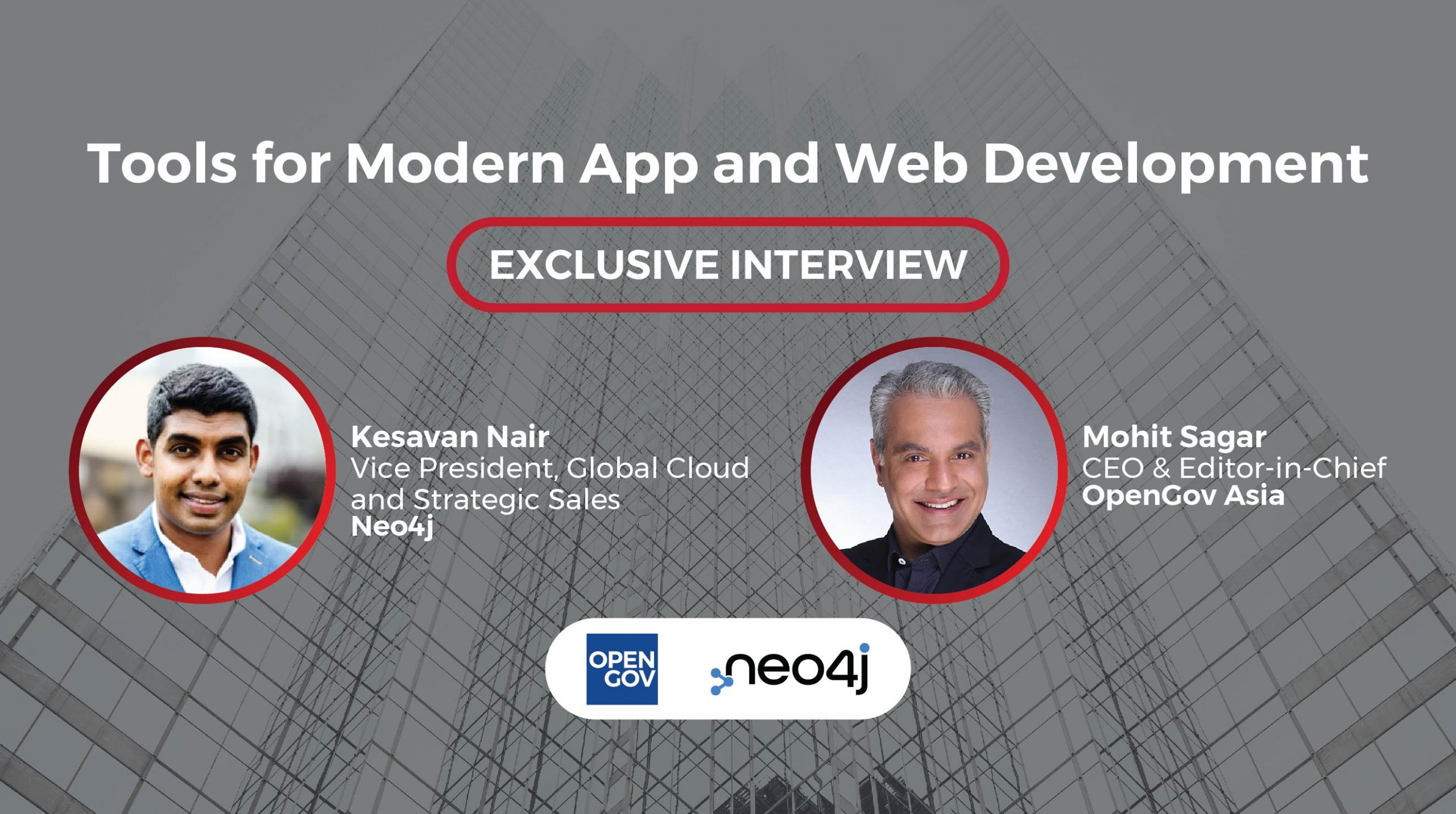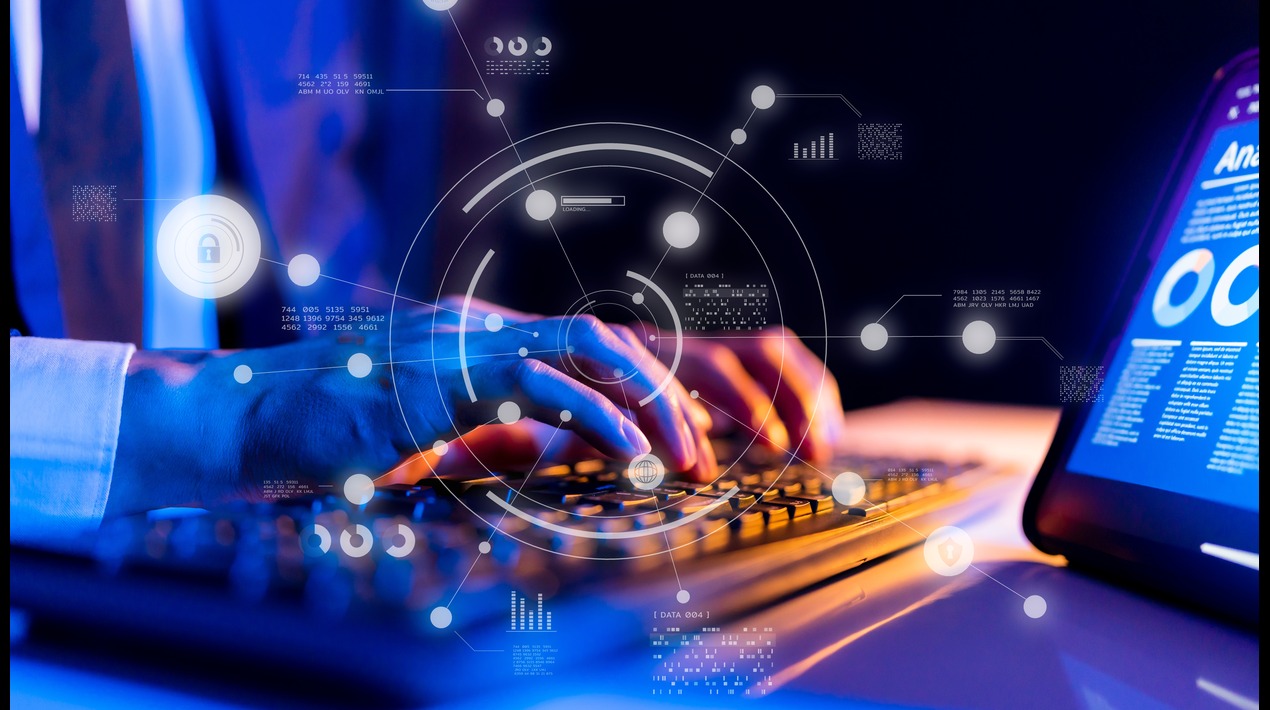
It is difficult to conduct business in today’s world without a dependable website, which is where professional web creation services come in. Developing an online presence for a business or corporation does not end with the creation of a basic website for a company or organisation.
Developers can use Web Development Tools to deal with a range of technologies and should be able to deliver faster and less expensive mobile development. Responsive site design will improve the online surfing experience while also allowing for better SEO, decreased bounce rates, and less upkeep.
The tools that an organisation have selected should be able to give a good RoI. Hence, Cost-effectiveness, Ease of use, Scalability, Portability and Customisation are the factors that should be considered when choosing a Web Development Tool.
 Neo4j’s Vice President of Global Cloud and Strategic Sales, Kesavan Nair or simply Kay discusses in-depth how big companies set up their growth engine drivers with Mohit Sagar, CEO and Editor-in-Chief of OpenGov Asia.
Neo4j’s Vice President of Global Cloud and Strategic Sales, Kesavan Nair or simply Kay discusses in-depth how big companies set up their growth engine drivers with Mohit Sagar, CEO and Editor-in-Chief of OpenGov Asia.
With his proven track record of entrepreneurial leadership in the open-source domains, cloud, SaaS, big data and analytics with both early-stage technology firms and large public companies, Kay is an authority on the topic.
On-Premise vs Cloud
The location of the data is the key distinction between cloud-based and on-premises (prem) versions. Cloud software is hosted on the vendor’s server and accessed using a web browser, as opposed to on-premises software, which is locally installed on the company’s PCs and servers.
When making a choice, a variety of factors must be considered in addition to accessibility – software ownership, cost of ownership, software upgrades, and additional services like support and implementation.
Kay explains that the cloud database as a service (DBaaS) market is one of the fastest-growing markets in enterprise software. “We need to make sure that we are being able to be where our customers want us to be, which is in the public cloud.”
As an example, he cited the use-case of Levis – one of their longstanding customers. Levis had been running on-prem for a long time and wanted to switch as part of their digital transformation strategy. They had eight different applications across various business units which were running on-prem and wanted to move all the services into a cloud service, running on Amazon. Neo4j helped them with the migration in about 3 months.
“That was an excellent example of how the Neo4j AuraDB Enterprise aided in the execution of Levis’ digital transformation,” Kay enthusiastically stated. “For Levis’ Neo4j became one of the main motivators for the enterprise to experiment and try new ideas, which accelerated their transformation quite quickly.”
Neo4j counts both start-ups and established companies in their fold. Their largest customers include the likes of Siemens and Dun and Bradstreet. They also have customers like PwC Australia, PwC U.S, BMW, Walmart and a neo bank in the U.S, Current Bank runs their core database system on Neo4j. The biggest healthcare insurance provider in Brazil, Qualicrop runs its mission-critical database systems in Neo4j.
Speaking of their journey, Kay shared that they started as a database company where most of their customers use the Neo4j database for transactional workloads. Now, interestingly, about 90% of their customers use either a public cloud or a cloud managed by Neo4j.
“We’ll soon cover all the major cloud service providers, so customers can choose where to deploy their apps and where to use the service. This will bring us closer to where our customers are growing,” says Kay confidently.
Graph Data Platforms: The First Choice for Application Development
According to Kay, their graph database promises data consistency, performance, and scalability. It can search for patterns and connections in data’s interconnected relationships. “Neo4j now includes a graph data science platform. Both data scientists and developers can use this platform to meet their demands. And I believe it gives us an extremely attractive product to the market at large.”
When governments had to locate community infections due to the pandemic, the benefits of the Graph Data Platform were most evident. The Graph Data Platform with AI has shown to be a great tool for data management in real-time, from tracking connections via complex social networks to understanding linkages.
On the other hand, graph data science assists organisations in addressing some of their most challenging and complicated problems. “Neo4j Graph Data Science is a platform for connected data analytics and machine learning that enables you to better anticipate the future by understanding the relationships in huge data.”
He shared that those two key strategic products under the Neo4j Aura portfolio of cloud products are AuraDS (built for data scientists) and AuraDB (built for developers).
Graph Database Technology is specifically designed and optimised for identifying patterns and hidden connections in highly interconnected datasets. Graph data stores are easy to use because they mimic how the human brain thinks and maps associations using neurons (nodes) and synapses (relationships).
A graph database stores and queries connected data in a node-and-relationships format efficiently. As a result, graph technology excels at problems where there is no prior knowledge of path length or shape by efficiently finding neighbouring data using graph storage and infrastructure.
Kay listed some of the most typical graph usage cases:
- Fraud Detection & Analytics
- Artificial Intelligence & Machine Learning
- Real-Time Recommendation Engines
- Knowledge Graphs
- Network & Database Infrastructure Monitoring
- Master Data Management (MDM)
All of these have one thing in common – to be successful, an enterprise needs to use datasets that dynamically change over time and are connected to each other.
Neo4j offers four benefits of using graph databases:
- Natural and easy data modelling
- Ability to adapt to changing data structures
- Support for real-time updates and queries running simultaneously
- Storage and a natively indexed data structure
Connected data in property graphs enable the enterprise to illustrate and traverse many interactions and find context for the next breakthrough application or analysis.
Kay encourages businesses to choose a cloud strategy that fits their needs and look for a provider that lets them move their assets whenever they want as many enterprises themselves to have evolving cloud strategies. This is because flexibility is very important.
“With us, Neo4j, you find value. It was predicted that by 2025, all smart applications would use graph technology in some way. So, graph databases are a natural fit for any new application that is being built today. This is because it is much easier to get insights from them,” Kay believes.
Neo4j Graph Database Platform has developed into a common form of information technology and has benefited businesses in a variety of ways. Numerous corporate game-changing use cases in fraud detection, financial services, life sciences, data science, knowledge graphs, and other areas have been made possible by the Neo4j Graph Database’s speed and efficiency advantages.
In the current VUCA environment, data security is crucial, challenging and fluctuating, particularly when dealing with sensitive data and the laws that govern it. Neo4j offers both safety and compliance, and frequently updates, enhances and expands its platforms. They can secure data in a variety of methods, including access control, user roles, protected environments, and system design, among others.
Neo4j Graph Databases has emerged as a critical technology for hundreds of companies, government agencies, and non-governmental organisations and will continue to be there. Kay is optimistic about the future and confident that Neo4j will always be placed to offer the best services for both the public and private sectors.
















